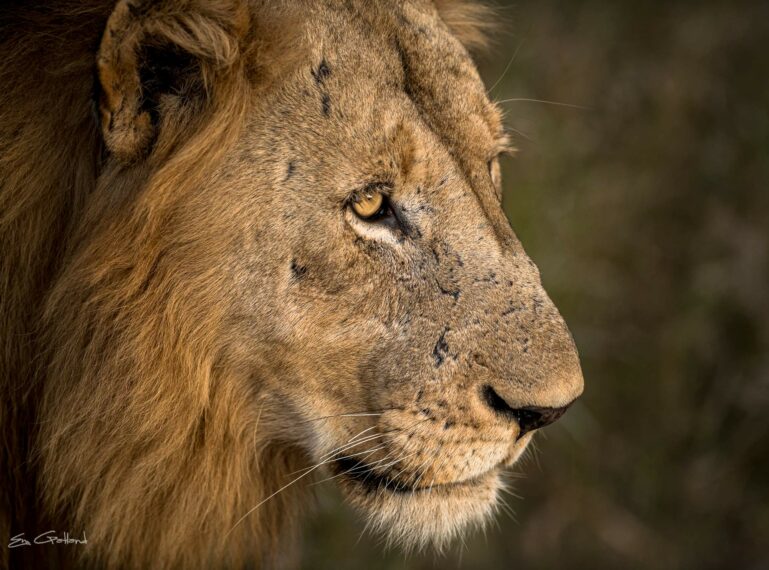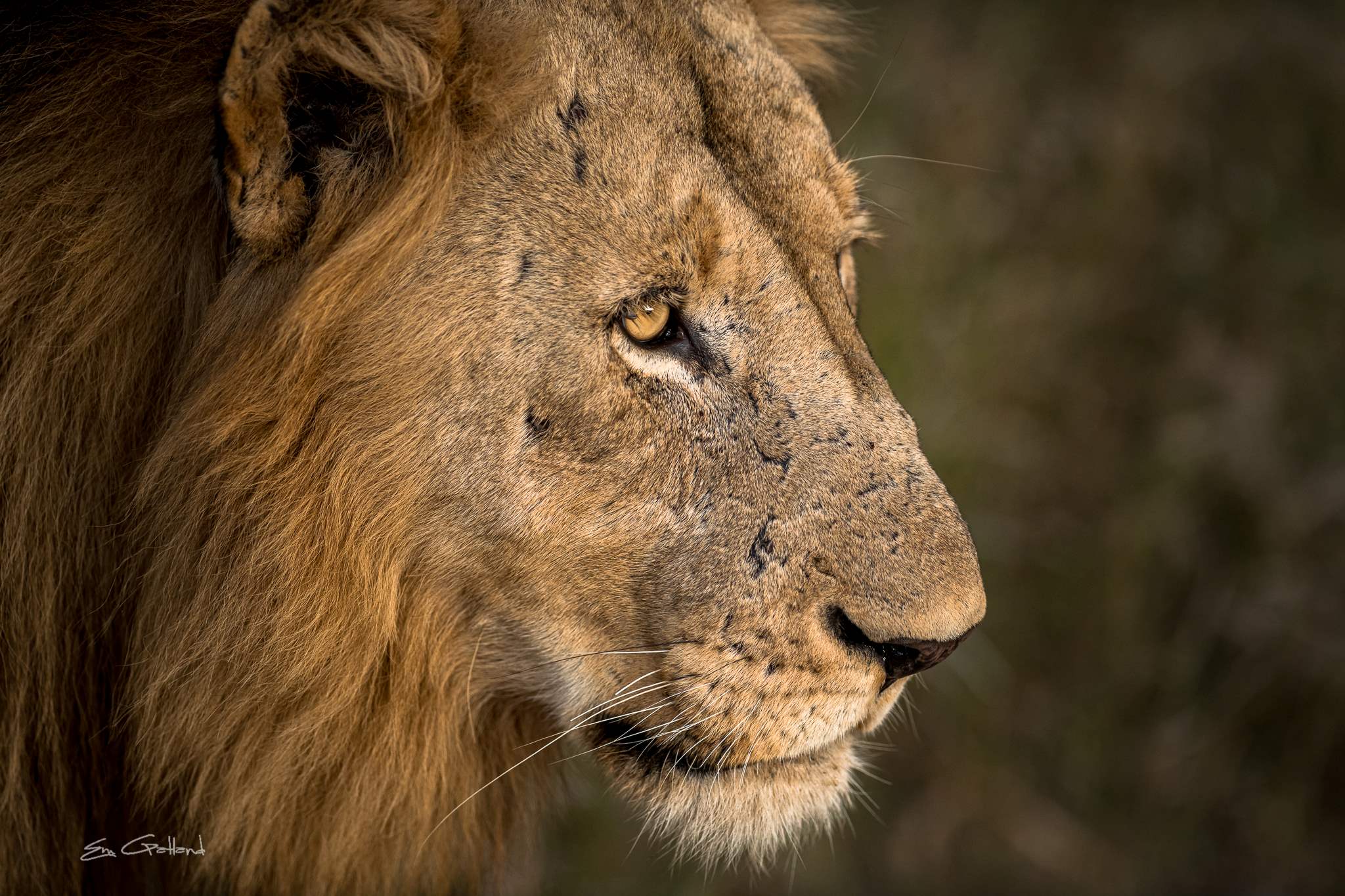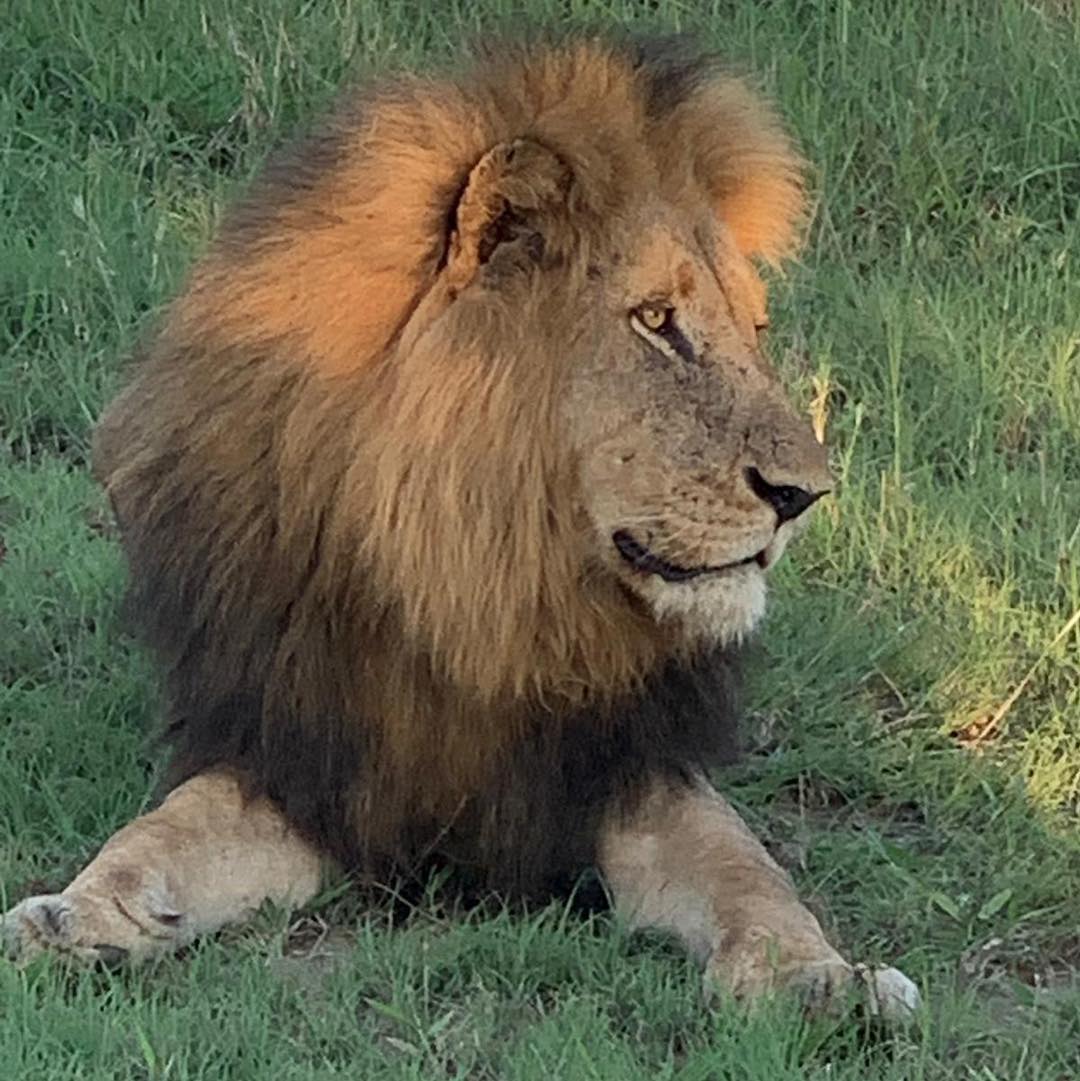
On 6 November 2023, we posted a video of a lion roaring on the Africa on Foot Facebook page. It was a simple, yet fantastic close-up of a healthy lion belting out his best contact call roar. One of our guides captured the clip, intending to highlight the power of one of the dominant leaders within their local lion pride. We shared the video with the hopes of bringing attention to this legend of a lion. To our surprise, the video quickly gained widespread popularity, accumulating 4.3 million reach, 85.5k reactions, 5.6 shares, and 2.5k comments. Remarkably, this occurred organically in just a matter of days, without any marketing budget allocated for boosts and promotion.
Precise statistics elude social media experts when it comes to something going viral. Virality occurs when a post naturally reaches a vast audience, with engagements and shares skyrocketing in a brief period, often within hours. While there’s no exact science to achieving this fame-status, there are strategies to enhance the likelihood of your posts gaining widespread recognition.
Before the video went viral, we observed a consistent increase in views across the four videos we had previously shared. The substantial viewership, shares, and engagement on those videos served as a precursor to the eventual viral success of the latest video. For instance, we garnered 80.2k views for a lion video featuring contact calling, 415k views for buffalo swimming in a dam, and 527.4k views for lions lazing around a waterhole.
These earlier successes paved the way for a video to potentially go viral. Similar to the unpredictability of golf, where expertise doesn’t guarantee outcomes, the viral trajectory is uncertain. Nevertheless, taking strategic steps and laying the groundwork increases the likelihood. If it happens, best of luck with managing the influx of comments!
In today’s blog, we delve into the reasons behind our unexpected viral success, sharing our theories, offering advice, and providing insights on how to effectively manage a viral video.
The Video: Know your audience
- Lions: Lions as a subject matter do well in videos. According to Google Ads, “lions safari” performs 63% better than “bird safari”.
- Targetted audience: We have an in-depth understanding of our audience, and delivered a video about a topic they typically engage with. The Africa on Foot Facebook page attracts a wealth of lion fans who follow the many prides in the area.
- Clarity: The video is crisp and clear, without looking over edited and is captured in fantastic natural lighting.
- Sound: The action happens the moment you play the video – it’s loud, booming and showcases the sound of the wild. The roar SOUNDS like Africa!
- Authenticity: This is not an over-edited or professional video. There’s nothing curated about it – it comes across as being authentic and real-time.
- Proximity: This is a case of “man vs beast”, where we see part of the vehicle close to one of Africa’s top predators. You feel CLOSE to this lion.
- Length: Facebook users don’t like lengthy videos. This video is exactly 36 seconds long, which is the ideal length for viewer retention. According to our stats, most people viewed the video for 12 seconds, which is higher than usual.
The Content: Craft compelling headings and short descriptions
We used a simple, attention grabbing headline with few words with bold call to action, scattered with just enough emoticons to break up the text: ![]() SOUND UP
SOUND UP ![]() A King and his call
A King and his call ![]() . Keep it simple and use a powerful word (king) and make it sound action-orientated.
. Keep it simple and use a powerful word (king) and make it sound action-orientated.
Ever been close to a LION KING contact calling?
Optimal Times: Is there a right time to post?
Page History: Laying the groundwork
Managing a Viral Video: Engage with your community
Our viral video was a combination of solid groundwork, strategy and luck. Algorithms are forever changing!


Leave a Comment